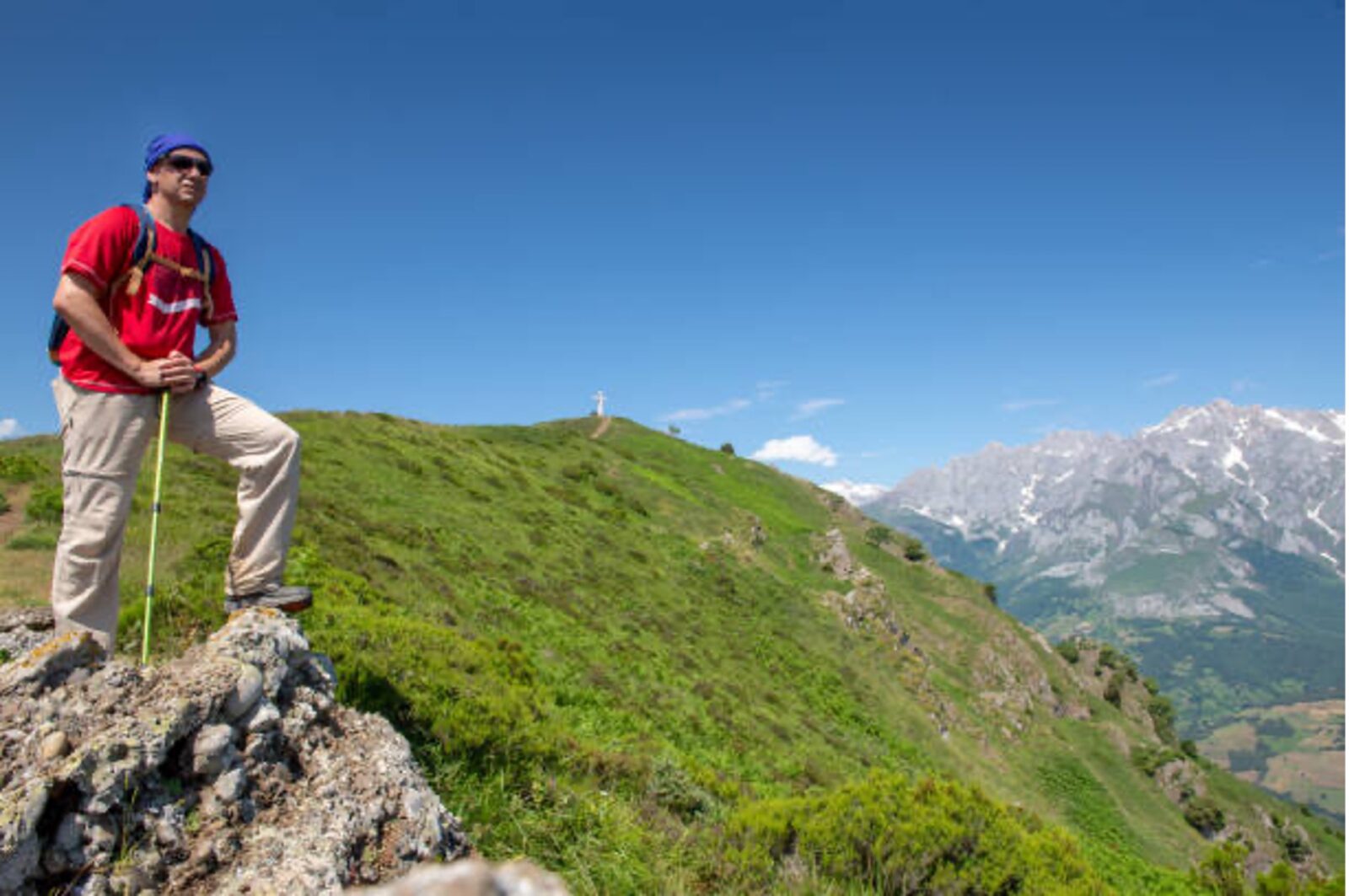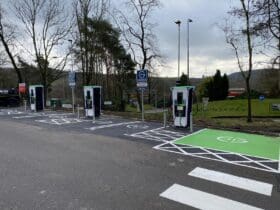The Picos de Europa is a beautiful mountain range in Spain. Hikers come here from around the world to enjoy its rough terrain and stunning views. However, the weather can be really unpredictable in the North of Spain. In addition, some trails are quite challenging. So, if this region is a part of your plan, don’t forget about safety considerations. Even if you are an experienced hiker, an unprepared visit can turn into a risky experience. However, you can avoid it! In the guide below, you will find important safety tips, from planning and packing to first aid, to help you enjoy the Picos de Europa hiking with no issues and unpleasant surprises.
Research and planning
A good trip always starts with research and planning. The area of Picos de Europa offers a wide range of routes – you will find more than 30 self-guided trails and trails of all sorts of difficulty. . Choose the hike that matches your fitness and experience level. Take time to check the trail’s length, difficulty, and any potential hazards. You can also look for reviews of other hikers to discover details. Then, download maps for offline use since cell service can be unreliable, and always check the weather, which can change quickly. Let someone know your plan and expected return, and consider hiking with others for extra safety. Careful planning can prevent risks and ensure a safer adventure.
Things to pack
Bringing the right things is key for a safe and enjoyable hike in the Picos de Europa. Good clothing and equipment can protect you from the weather and various injuries. Packing carefully ensures you stay comfortable and can fully enjoy the beautiful surroundings without unnecessary risks.
Gear and equipment
You will have fun only if you are well-equipped for mountainous trails.
- Backpack. Get a spacious, high-quality backpack to keep your essentials secure and free up your hands.
- Trekking poles. These are excellent for extra stability on steep inclines and descents. You will move more comfortably and safely with poles.
- Headlamp or flashlight. These are must-haves for safety. Even if you plan to finish during daylight, you can never predict it for sure.
- Navigation tools. A map, compass, or GPS device can help you stay on track and avoid getting lost.
- Emergency gear. Think about an emergency blanket and a whistle – these can become a finding in an unexpected situation.
Clothing and personal essentials
Do not pack unnecessary things. Focus on these items.
- Base layers. Opt for fabrics that well absorb moisture – merino wool or synthetic blends – to keep dry and comfortable.
- Insulating layers. Pack fleece or down jackets for warmth, especially during colder temperatures or evenings.
- Waterproof jacket and pants. Be prepared for rain with waterproof and breathable clothes.
- Hiking boots. Sturdy hiking boots with good ankle support are crucial for moving across uneven terrain.
- Personal items. Pack toiletries, a quick-drying towel, sunscreen, sunglasses, and insect repellent.
First aid and emergency
No matter how careful or experienced you are, various things can happen on the way. What can be inevitable during the hike?
- First aid kit. Always carry bandages, antiseptic wipes, and any necessary personal medications for minor injuries.
- Blister care. Blisters are a must-have for long hikes, so include some in your kit for immediate relief and prevention.
- Emergency whistle and a power bank. A whistle can help signal for assistance, and the ability to charge your phone can be lifesaving in emergencies.
- Emergency blanket. It may become crucial in cold conditions, as it can help prevent hypothermia.
- Local emergency numbers. Know the local emergency contacts and learn how to get help in the area.
More tips
- Stay hydrated. Drinking enough water is always important. Bring a large water bottle and take a portable water filter in case you find natural water on the trail.
- Rush wisely. The trails in the Picos de Europa can be tough – steep climbs and rocky paths. Take regular breaks, and don’t test your endurance. Move in a way to save enough energy for the entire hike.
- Respect the nature. The Picos de Europa is a protected area, so follow the “Leave No Trace” rule. Move along the marked trails, don’t disturb wildlife, and carry out all your trash to keep the area clean.
- Enjoy the journey. Hiking is more than just a task to complete. Take time to enjoy the views, nature, and peaceful atmosphere of the mountains. Appreciate every step of your trail to remember it for long.
Start planning your trip now!
Hopefully, these small but vital tips will help you plan a safe and enjoyable hike in the Picos de Europa National Park. Preparation is simple if you approach it wisely. Thoroughly research trails, check weather conditions, and pack essentials. Little time spent in advance will allow you to fully admire the beauty of this stunning region.








Leave a Reply
View Comments